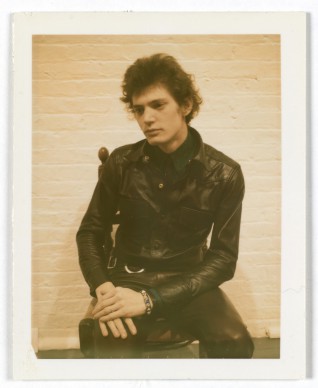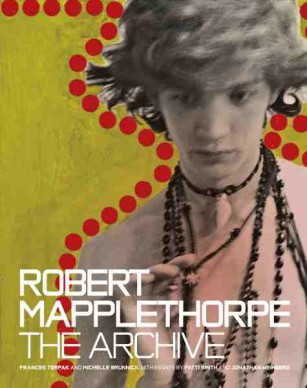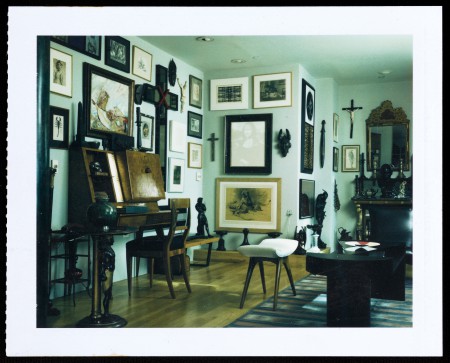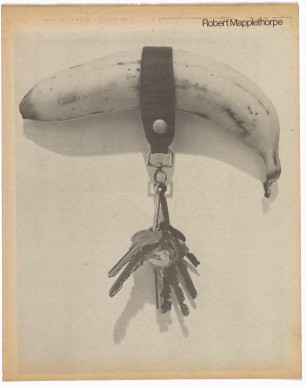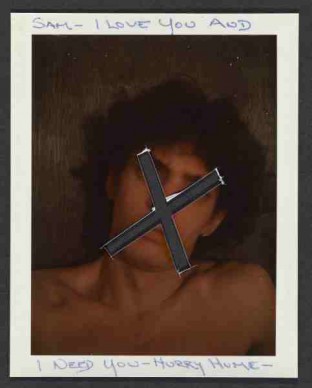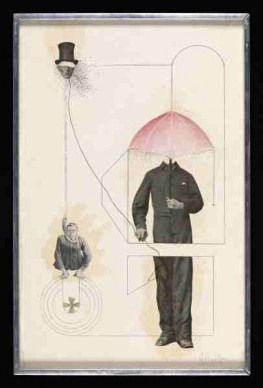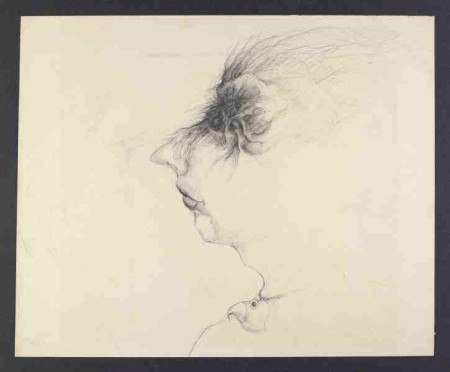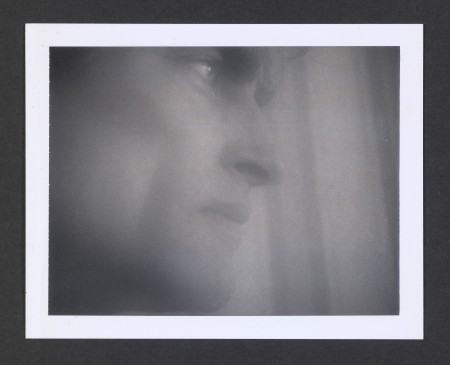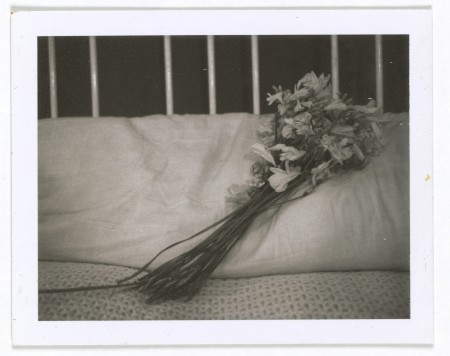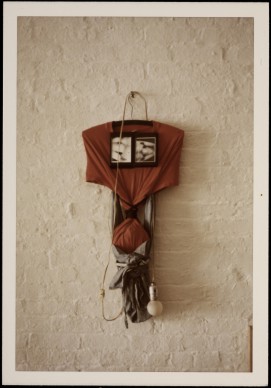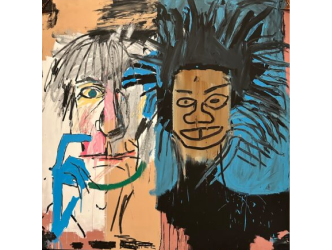Robert Mapplethorpe (1946-1989) was a great artist, not just a great photographer. He will forever be etched in memory as someone who immortalised in black and white those perfectly formed, statuesque naked male bodies in highly constructed environments.
The numerous commercial operations around the world attempting to cash in on his photographic legacy, like at the present at the Thaddaeus Ropac Gallery in Paris, have a tendency to limit his talent to this seductive niche, one that’s both plastic and rebellious.
But in 2011 the Mapplethorpe Foundation’s decision to donate its archives to the Getty Institute, and the subsequent research carried out by this institution renowned for truly getting to the heart of its subject matter, allows us to see him as he really was: a complete artist. If you don’t have the chance to see the exhibition being held jointly at the Getty Institute and LACMA in Los Angeles from 15 March to 30 July, you still have an excellent option left open to you: you can purchase the book, one should really call it a monument, dedicated to those very earliest works which one only exceptionally gets to see. It would require a string of superlatives to convey the excitement of consulting this work.
I am particularly well placed to say so as in 2014 I was behind the Mapplethorpe-Rodin exhibition at the Rodin Museum in Paris where I was co-curator and where while preparing the show I wrote two books about the artist who died tragically of AIDS in 1989. The Mapplethorpe Foundation has donated 200 unique works of art, collages, assemblages, installations but also drawings and Polaroids plus his correspondence and a plethora of working materials.
A selection of the archives can be seen on Getty’s website: http://www.getty.edu/research/special_collections/notable/mapplethorpe.html
The result of the study and the collation of the data give rise to the 248-page Robert Mapplethorpe, The Archive, available for $49.95 from the Getty website and featuring stylish close-ups of his first loves like the very sweet David Croland (Mapplethorpe left Patty Smith for him) but also rarely seen objects like these photos partly concealed – though you don’t realize it immediately – by a a pair of briefs stretched provocatively across the picture frame, as well as drawings from 1967 that the priest of his small neighbourhood in Queens, the sinister Floral Park, described as “Picasso-like” but which actually resemble surrealist works, porno magazines photomontages…
Mapplethorpe, always obsessed by sex, uses an aesthetic inherited from André Breton and Marcel Duchamp before evolving towards a minimal style which he would apply to the construction of his photos later in life. Mapplethorpe, the magical being, makes talismans and conceives decadent altars. Mapplethorpe, not the insignificant no-mark as some people have tried to label him, is at home in the history of art, collects works and makes references to his elders. Mapplethorpe is truly a great artist. The proof, if required, can be found in Robert Mapplethorpe: The Archive.
copyrights:
Robert Mapplethorpe (American, 1946–89). Tire Rack, 1969, Chromolithograph, colored pencil, stained plywood, Plexiglas, metal crucifix, black thread, needles, and black neckties, framed by the artist. Jointly acquired by the J. Paul Getty Trust and the Los Angeles County Museum of Art; partial gift of The Robert Mapplethorpe Foundation; partial purchase with funds provided by the J. Paul Getty Trust and the David Geffen Foundation.
Robert Mapplethorpe (American, 1946–89).Polaroid test shot New York townhouse, taken for House & Garden, December 1987. Gift of The Robert Mapplethorpe Foundation
Robert Mapplethorpe (American, 1946–89). Banana & Keys, 1974. From Interview 5, no. 11 (November 1975): n. p. Gift of The Robert Mapplethorpe Foundation.
Robert Mapplethorpe (American, 1946–89). Untitled (“Sam—I love you and I need you—hurry home”), 1974, altered color Polaroid print. Gift of The Robert Mapplethorpe Foundation to the J. Paul Getty Trust and the Los Angeles County Museum of Art
Robert Mapplethorpe (American, 1946–89). Untitled, 1968, collage on paper with graphite, colored pencil, thread, and pastel in artist’s frame. Gift of The Robert Mapplethorpe Foundation to the J. Paul Getty Trust and the Los Angeles County Museum of Art
Robert Mapplethorpe (American, 1946–89). Untitled, ca. 1967, graphite on paper. Gift of The Robert Mapplethorpe Foundation to the J. Paul Getty Trust and the Los Angeles County Museum of Art
Robert Mapplethorpe (American, 1946–89). Untitled, (Sam Wagstaff), ca. 1973, color Polaroid print. Gift of The Robert Mapplethorpe Foundation to the J. Paul Getty Trust and the Los Angeles County Museum of Art
Robert Mapplethorpe (American, 1946–89). Untitled (London), 1973, Polaroid print. Gift of The Robert Mapplethorpe Foundation to the J. Paul Getty Trust and the Los Angeles County Museum of Art
Samuel J. Wagstaff (American 1921–1987). Photograph of a Mapplethorpe mixed-media assemblage (ca 1972) at his Bond Street loft, ca. 1973, Kodacolor print. Gift of The Robert Mapplethorpe Foundation
Donating=Supporting

Support independent news on art.
Your contribution : Make a monthly commitment to support JBH Reports or a one off contribution as and when you feel like it. Choose the option that suits you best.
Need to cancel a recurring donation? Please go here.
The donation is considered to be a subscription for a fee set by the donor and for a duration also set by the donor.

